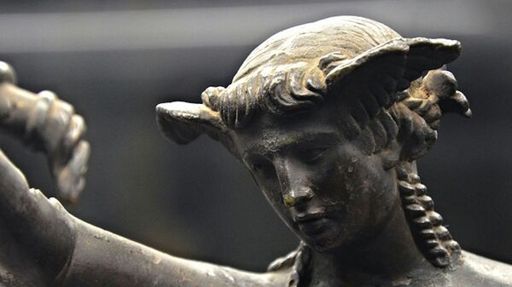
The gate of ivory gave falsehoods that could steer men in the wrong direction. The gate of horn gave prophetic dreams that were sent by the gods and always proved true. The gate that each Oneiros passed through determined what type of dream it would carry on that night. One gate was made of horn, the other of ivory. Each night they flew out from their cavernous home like a thousand bats to spread dreams around the world.Īs they left Erebos, each Oneiros passed through one of two gates. The Oneiroi lived in Erebos, the land of eternal darkness that lay beyond the rising sun. This is because he possessed a particular skill that, when used correctly, could be valuable to the gods. Morpheus was one of the few exceptions to this and was the member of the Oneiroi given the most individualization. They were inseparable from the idea they represented and it was their only function. The daimones, by and large, had few individual traits and were not well-defined characters in the myth. As was the case of the Oneiroi, many of the thousands were not even given individual names. Most, however, were minor characters who were rarely mentioned.

Eros, for example, was the personification of love. Some of these daimones became prominent characters in mythology. Most of these beings, called daimones by the Greeks, shared their names with the noun they personified. They represented nearly everything in the world and human experience including ideals, vices, physical attributes, and emotions. While the major gods of Olympus are unique and often complex characters, the more numerous personified spirits made up the majority of the Greek deities. The personified dreams were among many such spirits in the Greek pantheon. Among the thousand Oneiroi, Morpheus was one of the few who was named. The Oneiroi were dark, winged spirits who flew forth every night to bring both true and false dreams to mankind. Hypnos’s mother was Nyx, the primordial goddess of the night, and his brother was Thanatos, the personification of death. Their father was Hypnos, the personified spirit of sleep. Morpheus was the leader of the Oneiroi, the personifications of dreams. What is a mystery, however, is whether Morpheus was a Greek deity at all. One work from ancient literature clearly describes the daimon and his abilities. How Morpheus got his name is not a mystery.

He was one of a thousand spirits who carried visions, both true and false, to men as they slept. Morpheus was not, however, the only god of dreams in ancient Greece. While morphe was the word for formation, he was a spirit associated with dreams. One of these was Morpheus, but he was one of the rare personifications whose name did not match what he’s commonly associated with. Harmonia was the personification of harmony, Pheme was fame, and Mania was frenzy. Many of these spirits can be recognized by modern readers because, although they were minor gods, the words that gave them their names have been handed down to us from Greek. Most of these were daimones, the personifications of various concepts, emotions, and ideas. The mythology of ancient Greece contained many minor gods and goddesses.


 0 kommentar(er)
0 kommentar(er)
